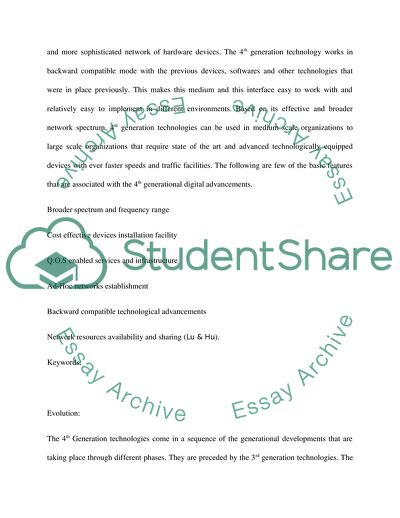Cite this document
(4th Generation Based on IMT-Advanced Coursework Example | Topics and Well Written Essays - 2750 words, n.d.)
4th Generation Based on IMT-Advanced Coursework Example | Topics and Well Written Essays - 2750 words. https://studentshare.org/information-technology/1827341-4th-generation-based-on-imt-advanced-open-wireless-architecture-including
4th Generation Based on IMT-Advanced Coursework Example | Topics and Well Written Essays - 2750 words. https://studentshare.org/information-technology/1827341-4th-generation-based-on-imt-advanced-open-wireless-architecture-including
(4th Generation Based on IMT-Advanced Coursework Example | Topics and Well Written Essays - 2750 Words)
4th Generation Based on IMT-Advanced Coursework Example | Topics and Well Written Essays - 2750 Words. https://studentshare.org/information-technology/1827341-4th-generation-based-on-imt-advanced-open-wireless-architecture-including.
4th Generation Based on IMT-Advanced Coursework Example | Topics and Well Written Essays - 2750 Words. https://studentshare.org/information-technology/1827341-4th-generation-based-on-imt-advanced-open-wireless-architecture-including.
“4th Generation Based on IMT-Advanced Coursework Example | Topics and Well Written Essays - 2750 Words”. https://studentshare.org/information-technology/1827341-4th-generation-based-on-imt-advanced-open-wireless-architecture-including.


